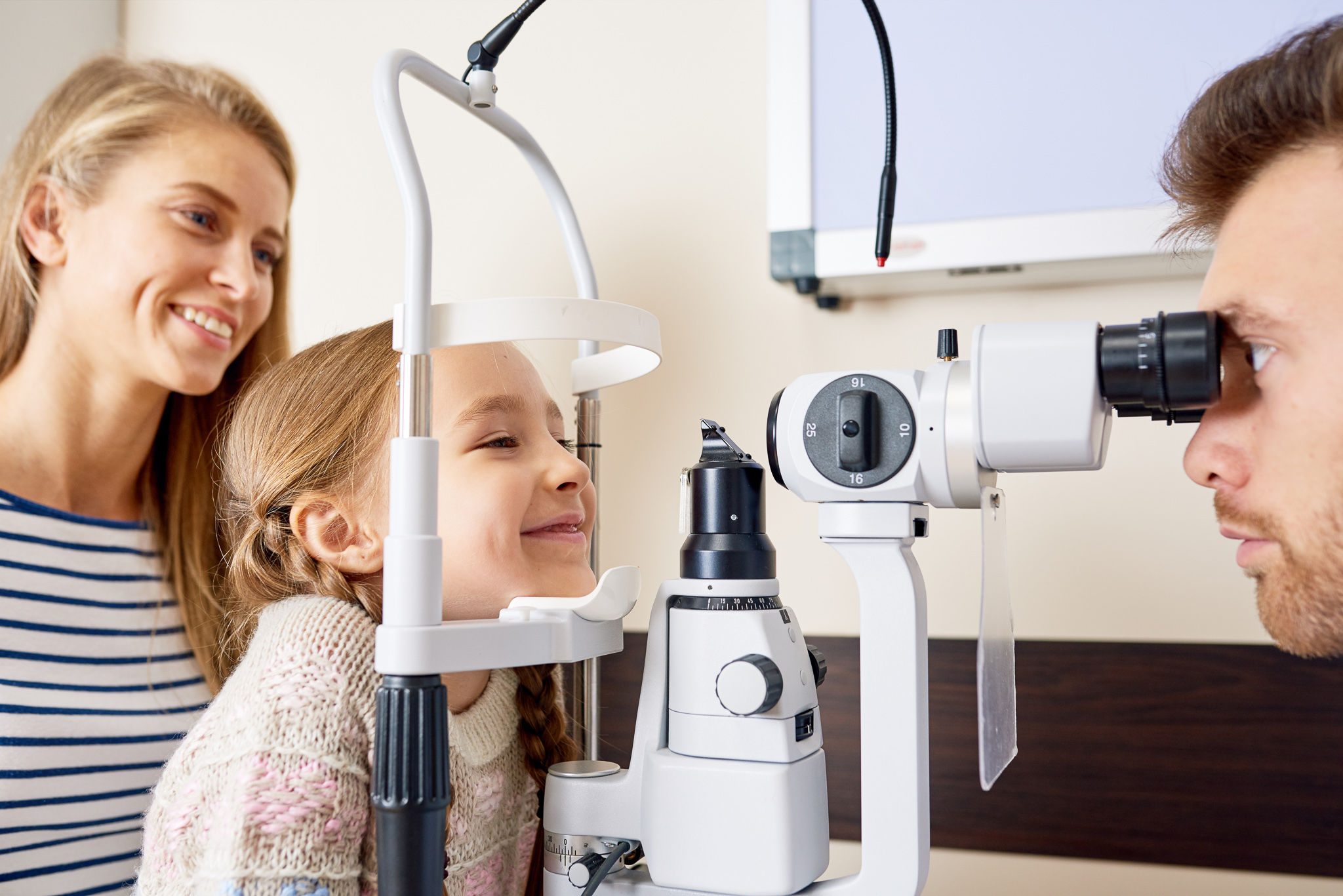Most people have experienced the feeling of dry eye at some time. The condition can range from a mild irritation to a long-term condition associated with great discomfort or pain, and can affect your vision. Dry eye is very common but people who suffer from it shouldn’t think they just have to live with it, as there are several treatment options.
Commonly asked questions
What is dry eye?
This common condition occurs when your tears aren’t able to provide adequate lubrication for your eyes, due to a reduction in the quality or quantity of tears. This tear film comprises three layers that work together to keep your eyes moist and protected. The top oily layer helps to prevent evaporation of tears. The middle, watery layer is the thickest layer and the sticky bottom layer helps the tear film to adhere to the eye. If anything upsets the tear film it can become unstable or evaporate. This results in dryness and inflammation of the cornea (front of the eye).
What are common symptoms?
- Red, scratchy, sore, or itchy eyes
- Burning or stinging sensations
- A feeling of having something in your eyes
- Crusty eyes ( excessive ‘sleep’ in the eye)
- Blurred vision that changes after a blink
- Eyes feel ‘heavy’, tiredor fatigued
- Watery eyes (this may seem counter-intuitive but if the surface of the eye dries out completely you may have ‘reflex’ tearing resuting in watery eyes)
- Difficulty wearing contact lenses comfortably
- Sensitivity to light
What causes dry eye?
Dry eyes are caused by a lack of adequate tears. For some people, the cause is decreased tear production. For others it’s increased tear evaporation and/or an imbalance in the composition of your tears. Common causes include:
- Ageing: while dry eye can occue at any age, it becomes more common later in life, especially after age 50
- Hormonal changes such as menopause
- Certain health conditions, including diabetes, rheumatoid arthritis, lupus, thyroid disorders, scleroderma, Sjogren’s syndrome and Vitamin A deficiency
- Some medications, including antihistamines, antidepressants, certain blood pressure medications, hormone replacement therapy and birth control pills
- Laser eye surgery, though symptoms resulting from this procedure should only be temporary
- Dry, smokey or windy environments
- Blinking less often, which tends to occur when you’re concentrating, such as while reading, driving or working on a computer
- Tear gland damage from inflammation or radiation
- Blepharitis is a common eye condition (e.g. crusty lids) that affects the eyelids, resulting in dry eye
How is dry eye diagnosed?
An optometrist is the best person to diagnose dry eye. They will conduct tests that investigate tear production and tear evaporation, and examine the integrity of your tear film. They may also instil special dyes into the eye that reveal specific areas of dryness or irritation.
How is dry eye treated?
Treatment depends on the type and severity of the condition, as well as by identifying the cause of the dry eye and personalising a care plan. Avoiding certain environmental triggers including excessive heating and cooling often helps. Treatment may include daily eye drops or warm compresses to relieve the symptoms of dry eye. Your optometrist may also recommend omega-3 supplements to help reduce inflammation of the tear oil glands. Tiny plugs can also be inserted into the tear ducts to slow drainage of tears and increase tear volume at the eye surface. Recently, a new technique called intense-pulsed light therapy (IPL) followed by a massage of the eyelids has proven to help some people with severe dry eyes.
For more detailed information about dry eye, please click here.



